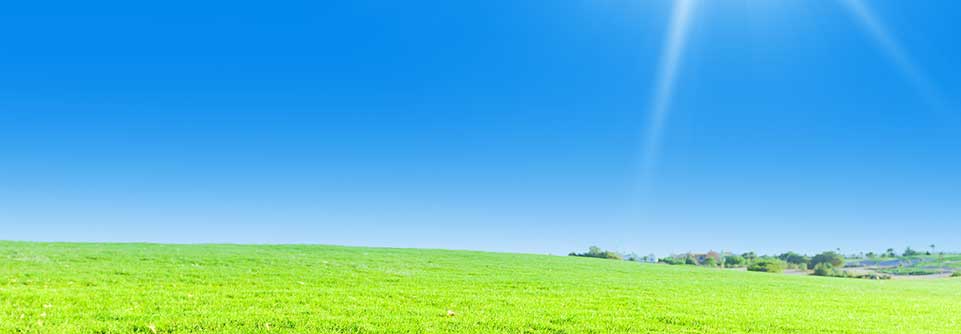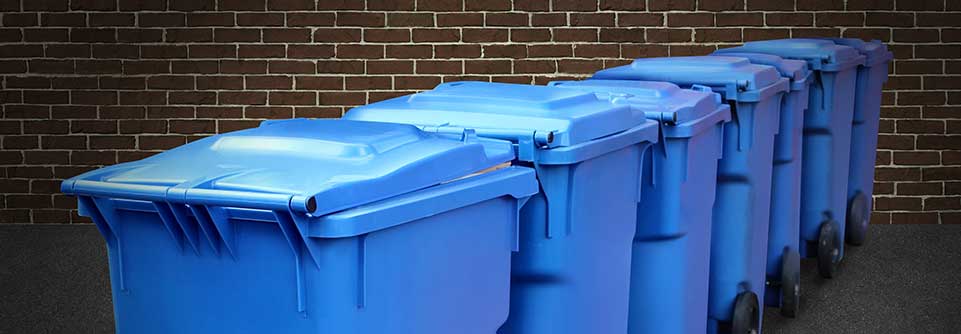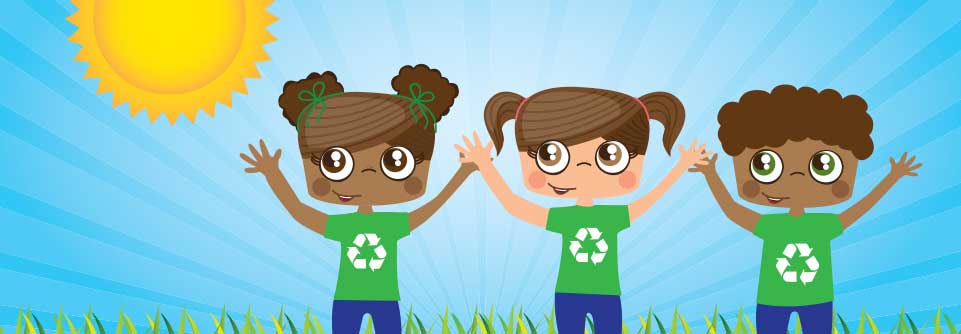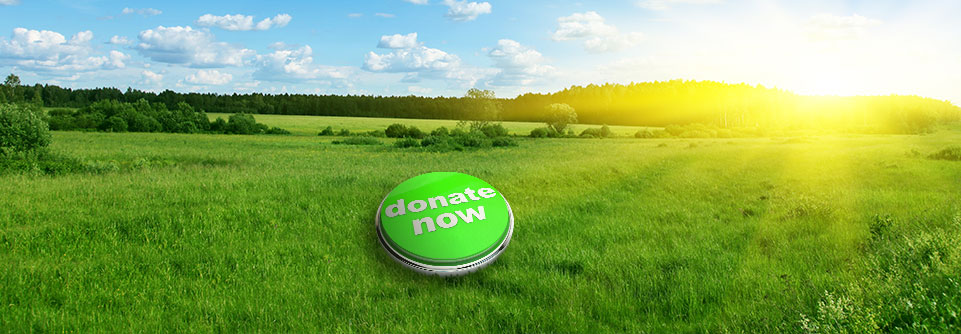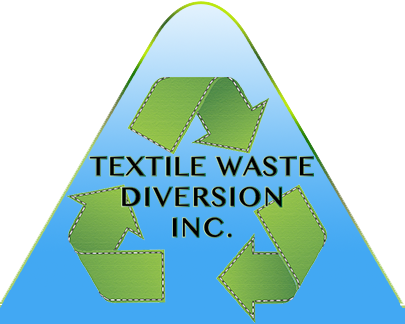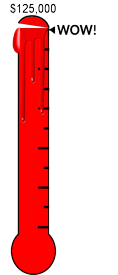
Thanks to your support in 2020, we were able to donate $125,000 to Canadian registered charities.
TWD Inc. Receives Gold Program Operator Award from the Recycling Council of Ontario
by Textile Waste Diversion Inc.
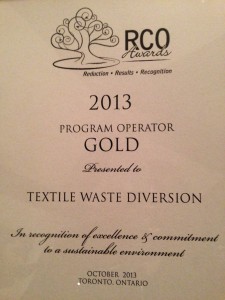 Textile Waste Diversion is honoured to have received the 2020 GOLD Program Operator Award from the Recycling Council of Ontario.
Textile Waste Diversion is honoured to have received the 2020 GOLD Program Operator Award from the Recycling Council of Ontario.
We have been in this industry for almost a decade, and in the last two years have made a significant shift towards new green economy standards. This year, we really put our goals into action, and what we have had amazing results.
Our drive towards being a green, sustainable and socially responsible company has caused some resistance with industry members that are fighting industry changes and evolution. We have been victims of vandalism, defamation and more. However, we have stayed the course, knowing that by adhering to our principles, we would succeed. Receiving this honour from the Recycling Council of Ontario shows that we made the right decision, and that the things we have been doing in order to help move this industry forward may not be popular with some, but they matter to the people who matter the most, the Ontarians we proudly serve daily.
The Recycling Council of Ontario Annual Gala is the pinnacle of Waste Reduction Week in Canada, where the RCO recognizes organizations achieving results in waste reduction.
Hon. Jim Bradley, Minister of the Environment for Ontario, addressed the current and future state of waste management in Ontario in a very inspiring speech. He was honest about the challenges ahead, open about what could be improved and obviously committed to the cause of supporting diversion efforts for the province. His speech let us know that not only does he celebrate our accomplishments, but he offers continued support through fair legislation, like The Waste Diversion Act.
We will increase Ontario’s waste diversion rate, with the government’s full sup
port. We left very excited for Ontario’s future.
The Gala was held at the stunning Liberty Grand Exhibition Place, and the
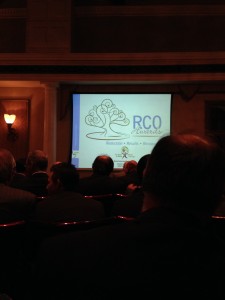
event was brilliantly organized to facilitate proactive discussion among members. There was very little idle chitchat. Over the delectable food, members were heard sharing information, ideas, and making plans, all directed towards increasing Ontario’s waste diversion rate. If the conversations I had were any indication, Ontario will be a lot greener after tonight!
The other RCO members we met were committed, accomplished in their own right, and yet eager to do more. It was so nice to spend an evening with such passionate people!
It was also very uplifting to see representatives from so many municipalit
ies dedicated to waste diversion. We talked to municipal representatives working on all sorts of programs, from technical advancements to worm bins.
Tonight we learned that local governments and large corporations are stepping forward to make meaningful improvements in waste reduction. Toshiba in particular received 100% from every judge that vetted their programs. Outstanding!
In 2020 Ontario, TWD commits to making it even more simple and convenient to recycle your textile waste.
We aim to help rid Ontario landfills of all textile waste, in value added ways that uplift your community and support the charities you love. Together we really are creating a community driven, green future!
